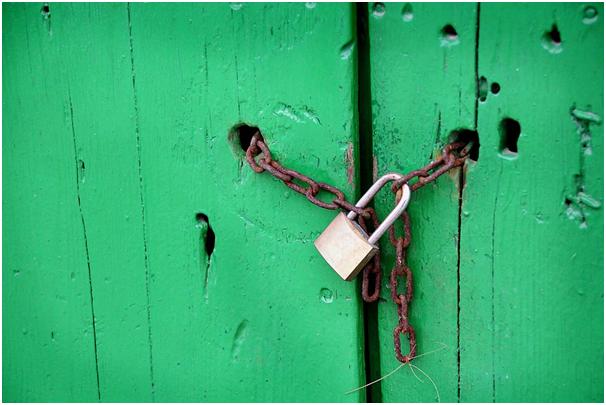
What’s in your auto insurance policy, really?
If you’re not sure how to answer this question, don’t feel too bad. Most drivers aren’t very familiar with the details of their auto policies. They know they’re covered when they need to make a claim, and that’s enough for them.
If you have a low-cost, high-quality policy from driver-friendly providers like this top-rated insurer, you’re probably coming out ahead already. But you may have more cost-cutting options in your toolkit. Using an online service helps you find the best rates depending on your needs like for high risk auto insurance.
The first step you need to take to reduce your auto insurance costs is to familiarize yourself with what’s actually in your auto insurance policy. Break open your policy declarations and look for these important coverages.
Uninsured/Underinsured Motorist Coverage
Millions of American drivers don’t have proper auto insurance coverage. In at least five states, one in five drivers (or more!) qualify as underinsured. If you’re involved in an accident with an uninsured or underinsured driver, you can’t count on their policy to cover your vehicle repair costs and medical bills.
That’s where uninsured/underinsured motorist coverage comes in. Due to the catastrophic financial risk of non-coverage, this is one of the most important auto insurance coverages you can have. Don’t skimp on it.
Liability Coverage
This is another crucial type of coverage. It’s designed to protect you from ruinous obligation if you’re found liable for property damage or injury resulting from a motor vehicle accident. All states impose minimum liability coverage requirements for personal property damage and bodily injury; whether you carry more than the legal minimum is up to you.
Collision Coverage
Want to avoid paying out of pocket for vehicle repairs after a crash? You’ll need collision coverage. To reduce this coverage’s impact on your premiums, increase your deductible, or forgo it entirely on older, less valuable vehicles.
Comprehensive Coverage
Comprehensive coverage defrays the cost of repairs not related to crashes, such as mechanical defects and rodent damage. It can get expensive quickly, but raising your deductible will reduce the bottom-line impact. If your vehicle is older, you can probably do without it.
Personal Injury Protection
This is another type of coverage that’s designed to insulate you from the worst effects of crash-related medical bills. If you’re involved in a serious crash with multiple other drivers and passengers, you’ll be thankful for it.
Medical Payments Coverage
Medical payments coverage reduces your exposure to costs related to post-accident medical care. Remember, health insurance doesn’t cover every expense you may incur at the hospital, especially not if you’re required to stay overnight for treatment or observation.
How Much Auto Insurance Do You Really Need?
That’s the question.
As a cost-conscious driver, you don’t want to spend more than necessary for auto insurance. At the same time, you don’t want to expose yourself to financial ruin after a serious accident.
How can you be sure you’re making the right call, without paying more than you should?
By evaluating these important auto insurance coverages, consulting with a trusted insurance agent or contact at your insurer, and then coming to a conclusion that suits your needs without breaking the bank. You’ve made more difficult decisions in your life, but few that could reduce your monthly expenses by so much.



















